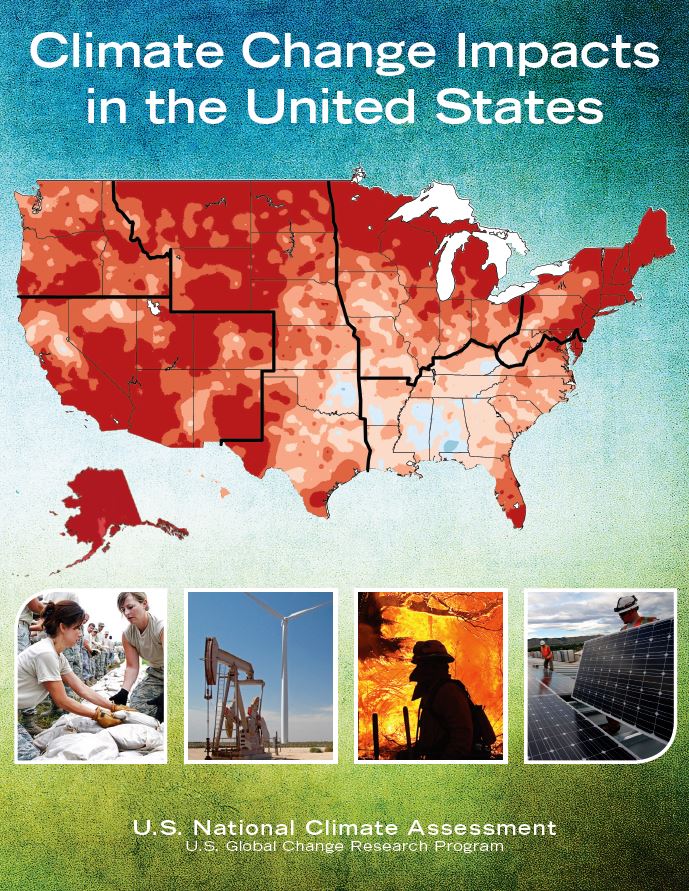
The impacts of climate change—including higher temperatures, heavier downpours, more frequent and intense droughts, wildfires, and floods, and sea level rise—are affecting communities, businesses, and natural resources across the nation, but how will it affect the Southeast?
The US National Climate Assessment was created in 2014 show the observed trends.
Check it out here: US National Climate Assessment
Southeast trends:
Sea level rise poses widespread and continuing threats to the region’s economy and environment. Extreme heat will affect health, energy, agriculture, and more. Decreased water availability will have economic and environmental impacts.
How do communities prepare?
The U.S. Climate Resilience Toolkit provides scientific tools, information, and expertise to help communities manage their climate-related risks and opportunities, and improve their resilience to extreme events.
It uses plain language and easy-to-use tools to illustrate climate-related vulnerabilities that people face, from national to local scales, and summarizes specific steps that communities can take to become more resilient.
Check it out here: The Climate Resilience Toolkit